Go Out, Stay At Home, Get A Test, Don’t Get A Test: The Full Story Of The Government's Mixed Coronavirus Messaging
14 min read
The government has changed its message on the key areas of the coronavirus response multiple times in the last six months, leading to confusion, anger and a loss of support from the public.
The debate will rage on over how far these changes have been born of the changing infection rate, and how far they are due to a lack of planning. But there is no doubt they have damaged the government.
Back in March, according to IpsosMori, 49% of the public said they believed the government was handing the pandemic either very or fairly well, with 35% saying it was being handled very or fairly badly.
When the same polling firm asked the same question in September, the figure who said it was handled badly was up 50%, with just 32% on the good side - a turnaround of +14% to -18%.
Here is a timeline of some of the measures taken over that period:
March / April
The Pandemic Begins
-
March 3 - A month in, no containment
As the novel coronavirus spread from China to the rest of the world, the government here in the UK began to draft guidance to help prevent its spread, beginning with the simple message to start washing your hands more frequently and for longer on February 2.
Throughout the month cases rose, eventually leading to the first fatality, and in response an action plan was published, modelled on preparations for a flu pandemic.
But even on March 3 there was no suggestion of the need to make people change their working patterns, with Boris Johnson telling a press conference they must wash their hands for as long as it took them to sing two verses of “happy birthday”.
The Sage minutes from a meeting earlier that day show the leading scientific and medical figures “discussed the impact of potential behavioural and social interventions on the spread of a Covid-19 epidemic in the UK”, but the main issue under review appears to be have been about asking the over-65s to begin social distancing.
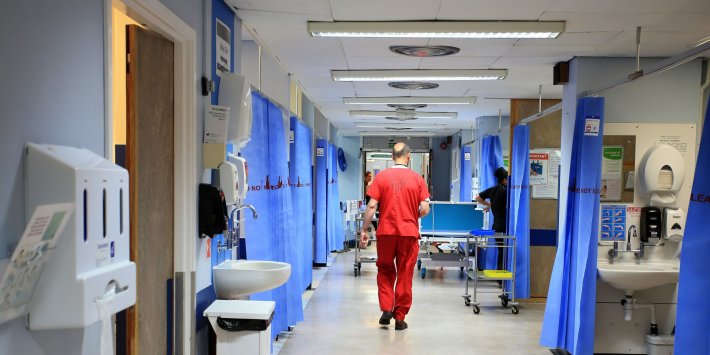
And the official record from the next meeting, held two days later, shows the panel believed “there are currently no scientific grounds to move away from containment efforts in the UK”.
They discussed bringing in isolation measures for people with coronavirus symptoms, and in a few weeks to begin to “socially isolate those in vulnerable groups”, but Sage “agreed there is no evidence to suggest that banning very large gatherings would reduce transmission”.
-
March 12 - Mass testing abandoned
Having been increasing capacity over the previous weeks, hitting 25,000 tests in total, Matt Hancock announced the government would stop all community testing for Covid-19 and focus instead on testing people in hospitals and protecting health workers. The nascent contact tracing system was also abandoned, apart from high-risk environments like care homes and prisons, as the government moved from the “contain” to “delay” phase.
A Sage meeting two days prior had agreed that “based on surveillance…the UK likely has thousands of cases – as many as 5,000 to 10,000 – which are geographically spread nationally.”
Behind this was the UK’s failure to follow the much-praised model of mass testing in South Korea, which was already checking more than 10,000 people a day, using a network of private and public laboratories. Instead there was initially just one lab, the Public Health England facility in Colindale, doing all of the processing, with a capacity of just 500 tests a day.
Four days later World Health Organisation head Tedros Adhanom Ghebreyesus said: “We have a simple message for all countries: test, test, test.”
-
March 16 - WFH begins
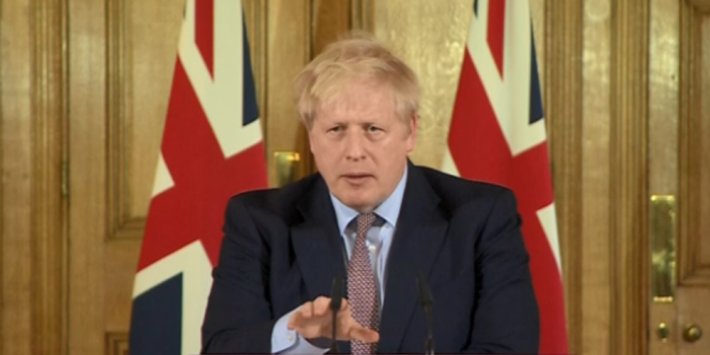
The first major change to people’s daily lives happened when the Prime Minister delivered a statement in the House of Commons telling people “to start working from home where they possibly can”, and also “avoid pubs, clubs, theatres and other such social venues”.
That came after a Sage meeting that morning, where it was agreed “there is clear evidence to support additional social distancing measures be introduced as soon as possible”, after data had accrued showing the disease spreading much faster than previously through, with fears for the first time the NHS could become overwhelmed.
It was firmed up by the full lockdown announced a week later, and the unveiling of the "Stay at home. Protect the NHS. Save lives” slogan.
-
April 2 - Mass testing back on the menu
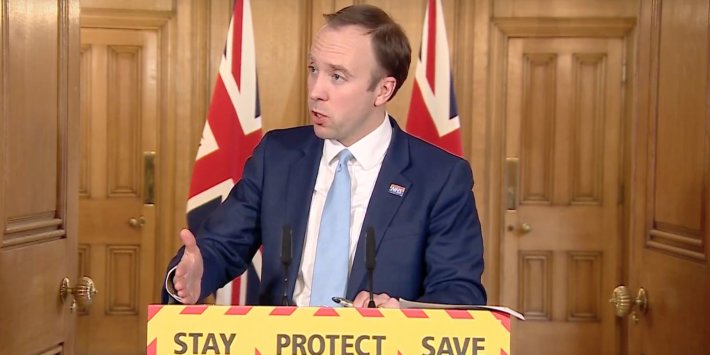
Less than a month after decrying the value of mass testing, Matt Hancock announced he wanted to reach 100,000 tests a day by the end of the month.
A national testing strategy was discussed at a Sage meeting earlier that day, but shunted to further summits, and at the meeting a fortnight later the minutes show PHE “confirmed it was unable to deliver a community testing programme”.
-
May / July
The Lockdown Loosens
-
May 10 - Go into work if you can
Almost two months after the “Stay Home” slogan launched later Mr Johnson sought to alter that message, shifting to the little understood and much derided “stay alert” motto on 10 May, telling the nation: “We said that you should work from home if you can, and only go to work if you must.
“We now need to stress that anyone who can’t work from home, for instance those in construction or manufacturing, should be actively encouraged to go to work.”
But the public was left confused when he added: “And we want it to be safe for you to get to work. So you should avoid public transport if at all possible – because we must and will maintain social distancing, and capacity will therefore be limited.
“So work from home if you can, but you should go to work if you can’t work from home.”
The public’s feelings were summed up by a viral tweet from comedian Matt Lucas, who mocked the PM in a video where people were repeatedly told “go to work, don’t go to work”, however it was easy to see why the government was looking to get the economy moving again, after the Bank of England had just said the UK was set to enter its worst recession for 300 years, with output due to plunge almost 30% in the first half of 2020, and unemployment to more than double before the end of spring.
-
May 18 - Testing for all
Mr Hancock announced that everyone aged five and over in the UK with symptoms could now be tested for coronavirus, with the Health Secretary saying the government was "expanding eligibility for testing further than ever before”. He also revealed more than 21,000 coronavirus contact tracers had now been hired across England, with the testing and tracking system set to be up and running by 1 June.
-
July 4 - Independence Day
Contrary to popular belief the PM never actually said it was the public’s “patriotic duty” to go back to the pub, but he did agree with a Tory MP in the Commons in June 23 who said people should “do their patriotic best for Britain” by heading back to pubs when they re-opened on July 4.
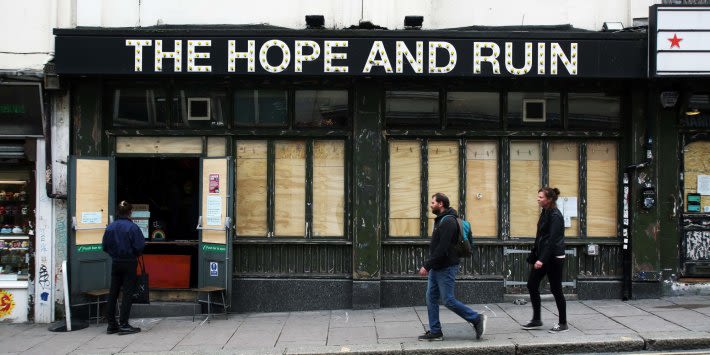
“Yes,” he said in response to Gareth Johnson. “I do encourage people to take advantage of the freedoms that they are rightly reacquiring, but I must stress that people should act in a responsible way.”
Four days the Chancellor made a statement in the Commons setting out further plans to help the hospitality industry, and was then filmed taking food to people’s tables at a branch of Wagamama’s in East London.
-
August
Back To Work
-
Aug 1 - A WFH policy change
The messaging on working from home changed when the PM gave a statement to a Downing Street press conference on July 17, saying: “From 1 August, we will update our advice on going to work.
“Instead of government telling people to work from home, we are going to give employers more discretion, and ask them to make decisions about how their staff can work safely.
“That could mean of course continuing to work from home, which is one way of working safely and which has worked for many employers and employees.
“Or it could mean making workplaces safe by following Covid Secure guidelines. Whatever employers decide, they should consult closely with their employees, and only ask people to return to their place of work if it is safe.”
It came after the Scientific Pandemic Influenza Group on Modelling, the sub-group known as SPI-M-O, had presented evidence showing the R rate was below the all-important figure of 1, and had stayed there for a number of weeks.
-
Aug 3 - Eat Out to Help Out
The flagship scheme to kickstart the ailing restaurant industry and its 1.8 million jobs got underway, with the public offered money off their restaurant meals throughout the month. It followed on from bleak restaurant data via OpenTable revealing bookings had been 54% lower on average in July than the same month the previous year.
By the end of the month more than 100 million meals had been claimed under it, with the Chancellor later forced to defend the policy from accusations it helped cause the UK’s second spike - after speculation the final day of the scheme, which took place on the August Bank Holiday Monday, coincided with the beginning of a rise in Covid-19 cases. “I think it's probably simplistic to look at any one thing,” Mr Sunak said.
-
Aug 18 - Let them have tests
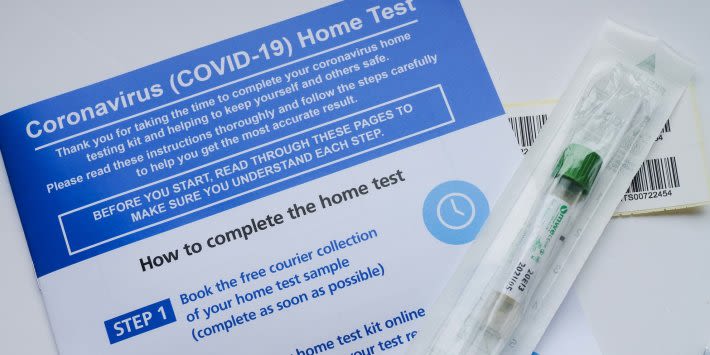
After a series of ambitious testing targets Mr Hancock reveals a new plan to give the entire population regular coronavirus checks as standard as part of a future plan to ease the lockdown.
He told the BBC: "Mass testing, population testing, where we make it the norm that people get tested regularly, allowing us therefore to allow some of the freedoms back, is a huge project in government right now."
-
Aug 28 - Go into work ‘or risk losing your job’
The next shift in tone took place on 19 August, when Matt Hancock said there was "little evidence" of coronavirus spreading in offices, suggesting catching the disease was not a reason to stay home. But that rhetoric was beefed up considerably by a striking Telegraph front page on August 28 with the headline “go back to work or risk losing your job”.
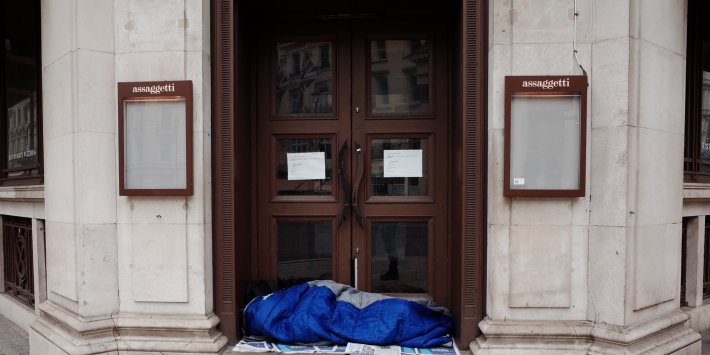
The story said the PM was becoming increasingly worried about empty offices and the failure for people to go back into city centres of their own accord, with a government source telling the newspaper those people who stay working from home will be “in the most vulnerable position” when companies look to restructure.
That was despite a Sage meeting the previous day suggesting the “R may be above 1 in England and across the UK” – but at the same time Pret a Manger announced it was cutting 2,800 jobs as footfall statistics showed that despite the success of the Eat Out to Help Out scheme, the number of people visiting the high street was down almost 40% on August 2019.
-
September
The Second Wave
-
Sep 9 - Testing times
After days of issues with capacity and processing, with reports of a backlog of 185,000 tests and others having to be voided, the government admitted there was a problem. Sarah-Jane Marsh, director of testing at NHS Test and Trace, apologised and tweeted: “All of our testing sites have capacity, which is why they don't look overcrowded, it's our laboratory processing that is the critical pinch-point.”
But Mr Hancock blamed people with no coronavirus symptoms getting tests, suggesting around 25% of people receiving a kit are actually ineligible, a figure the Department for Health and Social Care said “came from internal track and trace research”. The health secretary also admitted it could take weeks for the problem to be fixed, and in the meantime he would publish a priority list for testing again, with members of the public at the back of the line.
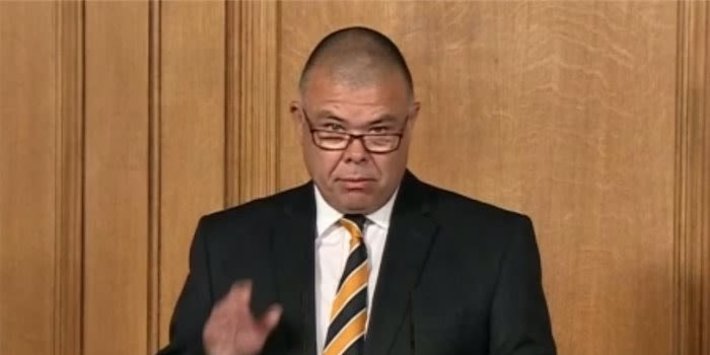
Professor Jonathan Van-Tam, who famously warned people “don’t rip the pants out of it” when measures first began to be unlocked, said the rise in coronavirus cases had come because people had "relaxed too much”.
But according to some of those involved in the testing infrastructure the problem lay with staffing problems at the government’s Lighthouse Labs, which had relied on PhD and post-doctorate students to help process samples. They were now heading back to university, leaving a serious shortage.
-
Sep 22 - Back home again
Less than a month after government sources told people they might lose their job if they didn’t go back to the office, the promised public information campaign to encourage this was shelved, after Michael Gove went out onto the airwaves to say: "We are stressing that if it is safe to work in your workplace, if you are in a Covid-secure workplace, then you should be there if your job requires it.
"But, if you can work from home you should."
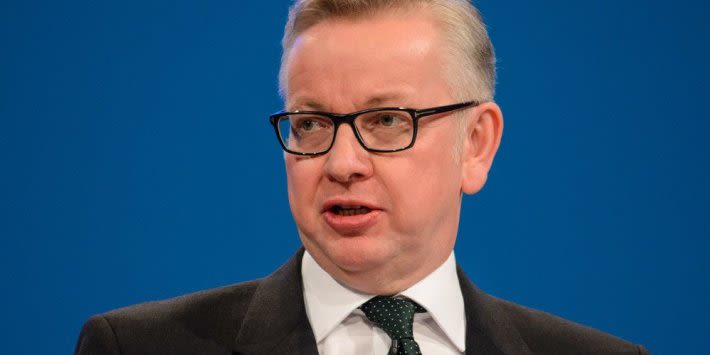
That change was part of a package of measures laid out by the PM for a de facto second lockdown after positive cases tripled from the end of August, hitting almost 5,000 a day by 22 September - the highest since the peak of the virus back in early May.
-
Sep 24 - Last orders
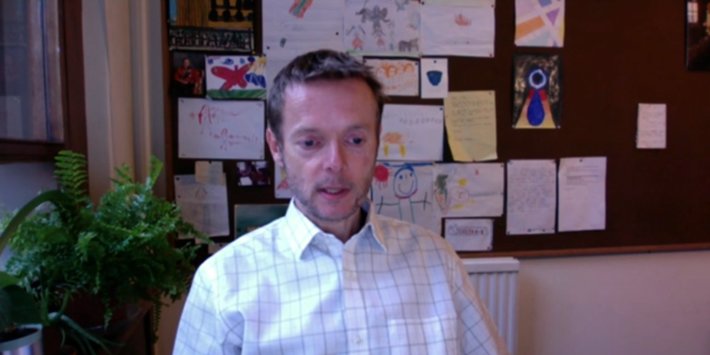
And six months on from the lockdown first being introduced, new restrictions on pubs, bars and restaurants came into force, with punters kicked out of premises at 10pm. It was later reported Sage did not model the effect of such a curfew, nor was its behavioural science sub-group, with member Professor John Edmunds, saying it would have a “trivial” impact on the epidemic.
Mr Johnson said evidence showed "the spread of the disease does tend to happen later at night after more alcohol has been consumed” and defended 10pm closing time, with the government suggesting a similar measure in Belgium led to a decline in case numbers. But that example of early closing was also accompanied by full night-time curfews, and a raft of MPs have asked for the evidence it will work to cut cases in the UK.
Richard Caring, who owns the Ivy chain of restaurants, warned people would simply turn to drinking on the streets and at house parties after 10pm, saying: "Does the government really believe they will all go home to their beds?”
- Design: Tim Shepherd.
